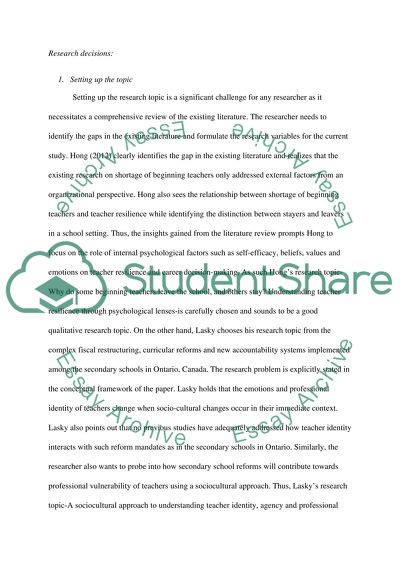Cite this document
(“Comparing 2 articles and relating it to the study guide Essay”, n.d.)
Retrieved from https://studentshare.org/education/1484424-comparing
Retrieved from https://studentshare.org/education/1484424-comparing
(Comparing 2 Articles and Relating It to the Study Guide Essay)
https://studentshare.org/education/1484424-comparing.
https://studentshare.org/education/1484424-comparing.
“Comparing 2 Articles and Relating It to the Study Guide Essay”, n.d. https://studentshare.org/education/1484424-comparing.


